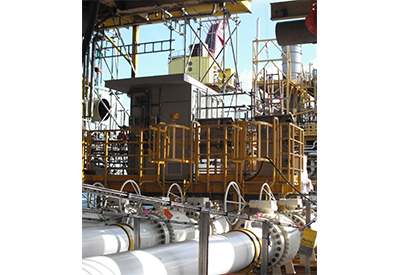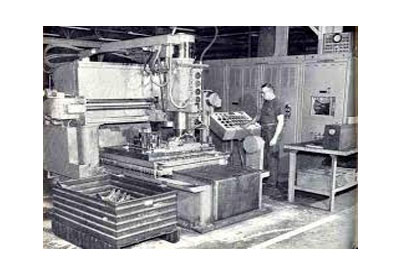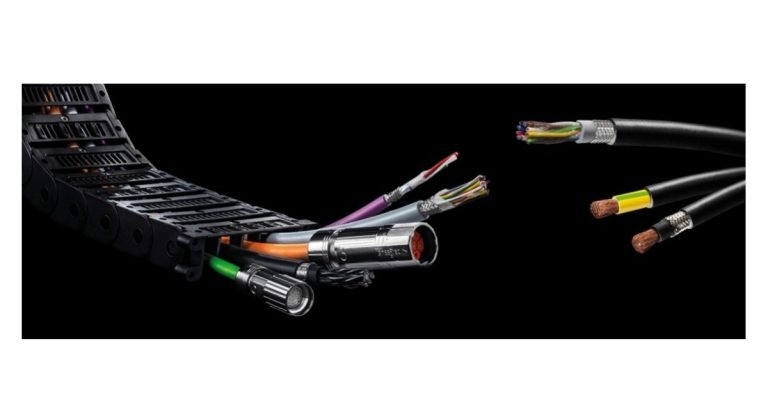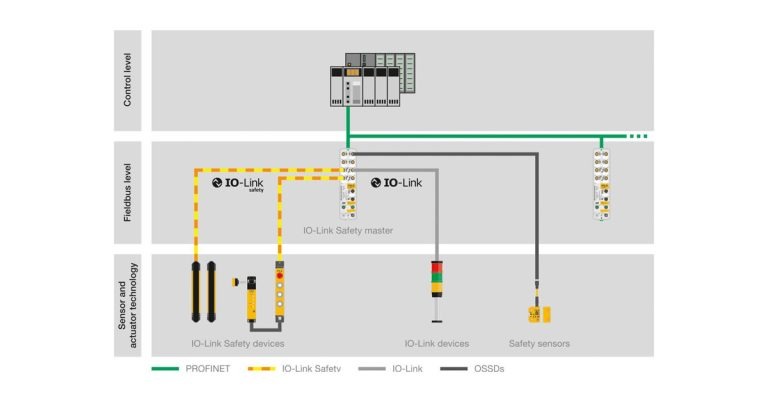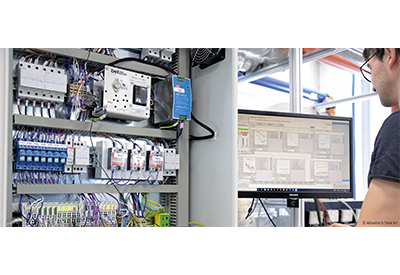Three reasons why the popularity of mobile robots is skyrocketing

September 18, 2019
If you were to visualize what’s just around the corner in the robotics industry, chances are mobile robots form a major part of the picture. In fact, this particular segment of the industrial automation solutions world is experiencing significant growth right now thanks to its ability to solve pressing issues in manufacturing.
How do mobile robots meet the needs of manufacturers worldwide? Let’s take a look at some important reasons for their fast-growing popularity.
1. Mobile robots are much more flexible than traditional AGVs.
At Omron, we refer to our mobile robotic solutions as “autonomous intelligent vehicles” (AIVs) to distinguish them from an older solution known as autonomous guided vehicles (AGVs). Whereas AGVs rely on factory modifications like magnetic tape and navigational beacons, AIVs need no such thing. This makes them a much more flexible solution for materials transport.
Capable of moving materials through areas with heavy traffic in addition to narrow passageways, AIVs help manufacturers achieve flexible factory layouts in which delivery points are constantly changing. Mobile robots also complement traditional materials transport mechanisms like conveyors.
2. AIVs are the most space-efficient solution for robotic materials transport.
Since LD mobile robots aren’t limited to travelling on specific paths within a plant, they help reduce manufacturing logistics congestion by navigating around one another more effectively than AGVs. This means that AIVs work more effectively within narrow spaces and help to maximize space utilization.
AGVs typically require specific “evacuation areas” configured by magnetic tape in order to pass each other. Mobile robots, on the other hand, can autonomously take turns going through the same space with no evacuation area necessary. With no need for factory modifications, their implementation saves up to 15% of deployment costs compared with other strategies.
3. Advanced fleet management systems can dramatically boost the efficiency of a mobile robot solution.
Because they are completely free to self-navigate throughout the factory floor, the power of a mobile robot solution can reach a whole new level when coordinated with centralized intelligence. A fleet management system can organize job scheduling by bundling pickup and drop-off locations into strategic groups, making the robot fleet much more efficient overall.
Fleet management systems like Omron’s Enterprise Manager (EM) for the LD Series mobile robots help minimize downtime by rerouting robots to avoid traffic jams, strategically assigning jobs to promote efficiency, and staggering robot recharging to keep the entire fleet from running out of power simultaneously.


